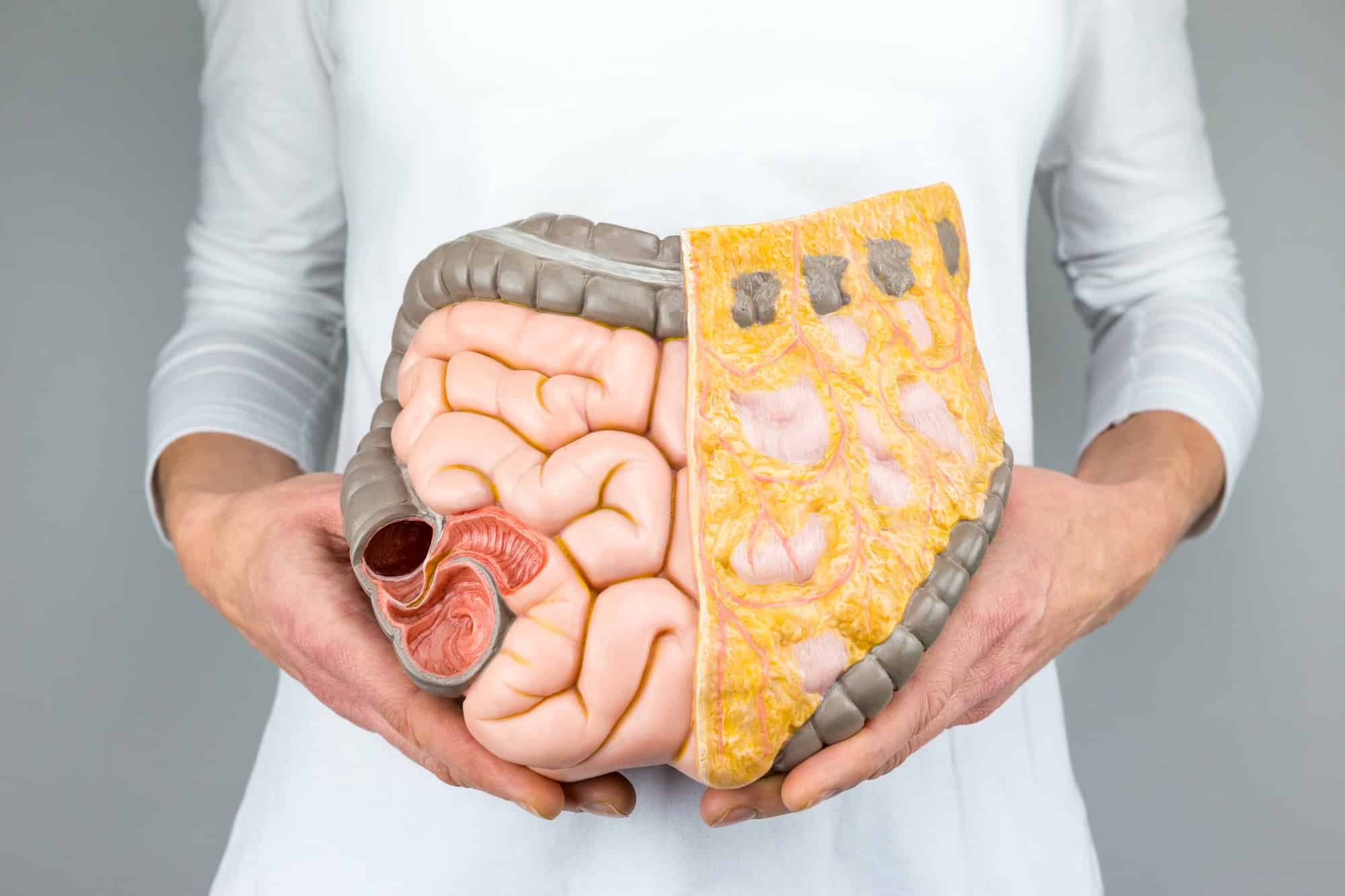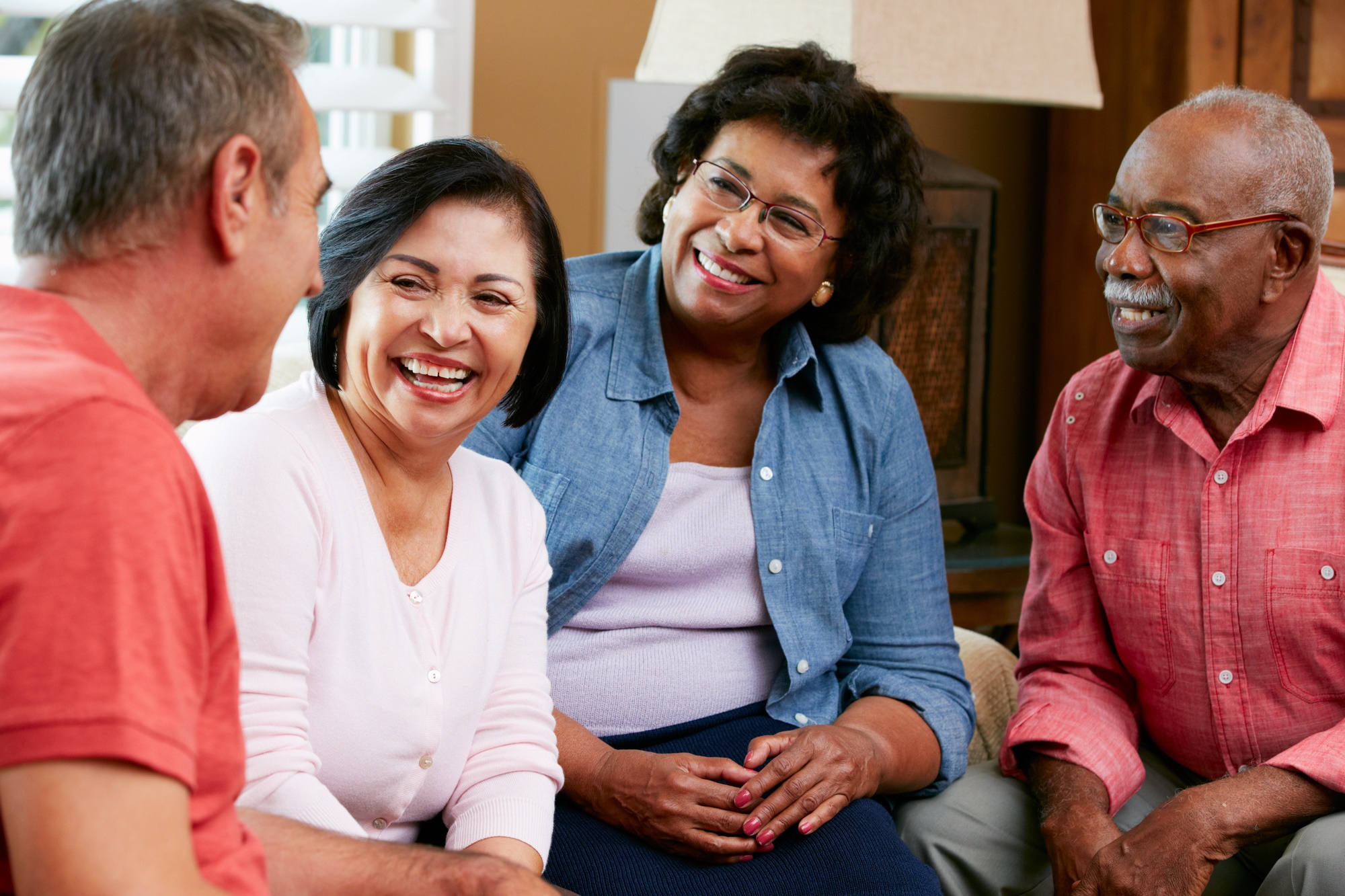Health Needs Change After the Age of 50: Prevention and Active Living
Is 50 the new 30? Being fifty today is not considered old as it once was – and for good reason! Think about all the people in your family or social circles that enjoy the same quality of life that they enjoyed in their forties (and in some cases, men and women in their 50’s are even healthier!). People today are living and remaining active longer, and people currently aged 50-60 years are changing the way we think about healthy aging. Is age really just a number? It depends on how invested you are in daily wellness habits.
Health needs do change after fifty, and being aware of coming changes (and preparing for them) can lessen the risk of chronic disease through diet, nutrition and healthy lifestyle habits. Even the healthiest of individuals aged 50+ can experience new health needs, which is why pairing with a personal physician is so important for adults, to help monitor changes and reduce risks. How would you rate your relationship with your physician? It is one of the most important decisions you can make, to ensure regular routine check-up’s and a dialogue with your medical care team to help monitor changes and reduce health risks associated with aging.
Some of the most common challenges faced by adults over the age of fifty include:
Heart Disease
Your heart rate slows down with age and arteries become stiffer, which puts pressure on the heart and may cause the heart muscle to enlarge. After fifty, risk for heart disease rises to 40%, and to 50% if you have two or more of risk factors, including a family history of heart disease or cardiac problems, and tobacco use. Obesity, mismanaged Diabetes or other chronic health conditions, high-cholesterol and hypertension, and sedentary lifestyle are all factors that can place men and women at greater risk of heart disease.
Bones and Joints
Long-term use causes wear and tear. Osteoarthritis occurs when the cartilage in a joint wears away, causing mild to debilitating pain. Osteoporosis is bone loss and can cause crippling and brittle bones. Loss of bone minerals begins during your thirties but they are generally replaced naturally through diet and outdoor activities. In later years, with dietary changes and reduced activity, minerals that are not replaced can lead to osteoporosis. Risk increases after age fifty for women and age seventy for men, contributing to fractures, knee and hip replacements and back pain.
As you age, most bodies requires less energy, and metabolize it differently. Some people’s appetites decrease and they lose a few pounds a year without trying. But muscle mass can decrease with age, slowing your metabolism. If you continue to eat as you did when you were younger, it becomes easy to lose muscle mass and gain fat. Fighting against unhealthy weight gain after the age of fifty becomes complicated, particularly as body chemistry (hormones) change, which impacts metabolic efficiency.
Obesity, which is defined as being 20% over your ideal body weight, will increase your risk for chronic diseases including diabetes, heart disease, hypertension, kidney disease, arthritis, kidney or gall stones, and certain types of cancer. For women, screening for reproductive and breast cancer should occur at minimum, on an annual basis. Other problems including bladder weakness or urinary incontinence may occur, but can also be improved through physician supervision, and exercise. Women are more prone to develop urinary incontinence (UI) than men, but both can experience problems, especially after the age of fifty.
Women’s UI is usually stress incontinence, which is the involuntary loss of urine during actions, such as coughing, sneezing, and lifting, and which put abdominal pressure on the bladder. Men’s UI is often associated with an enlarged prostate gland, and is called urge incontinence, which is the involuntary loss of urine following an overwhelming urge to urinate.
The risk of developing colorectal cancer is greater for men than women, but both need to be tested. Early cases can begin as noncancerous polyps. These often have no symptoms but can be detected by screening. For this reason, doctors recommend screenings for those at high risk or over the age of fifty. Approximately 1.22% of men over 60 years of age will develop colorectal cancer, according to data provided by the Centers for Disease Control and Prevention (CDC), but the risk increases to 2 out of every 100 men, by the age of 70 years.
There are five other common health and wellness issues that may occur after the age of fifty years:
- Gradual decline of episodic memory
- Sleep disturbances
- Dehydration
- Women’s estrogen loss and menopause
- Loss of balance and falling
All of these concerns should be reported to your primary physician. Some may require medication. Many can be managed through lifestyle changes – healthy diet, adequate sleep, exercise and strength training. And it is important to keep up with these essential check-ups as recommended by the U.S. Department of Health and Human Services:
- Eye exam every 2 to 4 years
- Hearing test every 3 years
- Thyroid exam every 5 years
- Colonoscopy and Sigmoidoscopy every 5 to 10 years
- Mole check every year
- Women’s Pap Test, Pelvic exam and Mammography every year
While it may not feel that small wellness changes you make today, will have an impact, your physician can discuss your own unique health risk factors, and develop a treatment and lifestyle plan to help you stay on target for living well in every decade, after the age of fifty. For more lifestyle and wellness tips you can use, visit our website and download our ebook “After Forty Some Maintenance Required” for a detailed look at changing health needs, and planning personal wellness outcomes. We’ve also compiled an article on Women’s healthy aging by years.



















